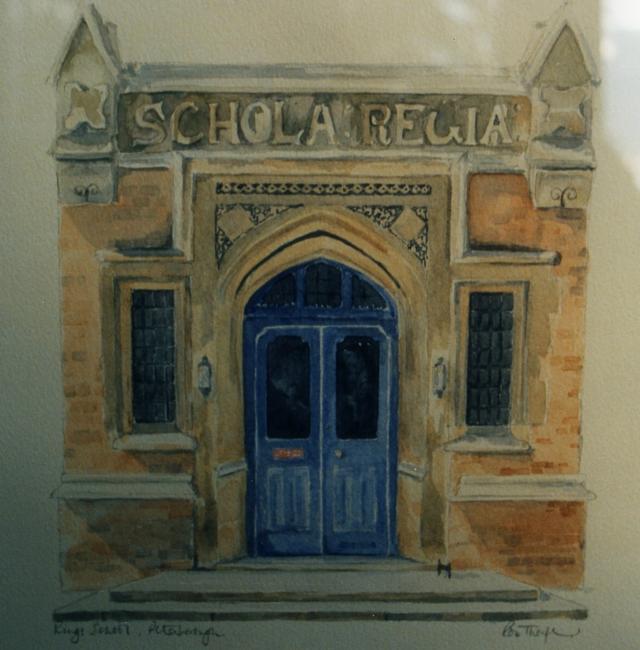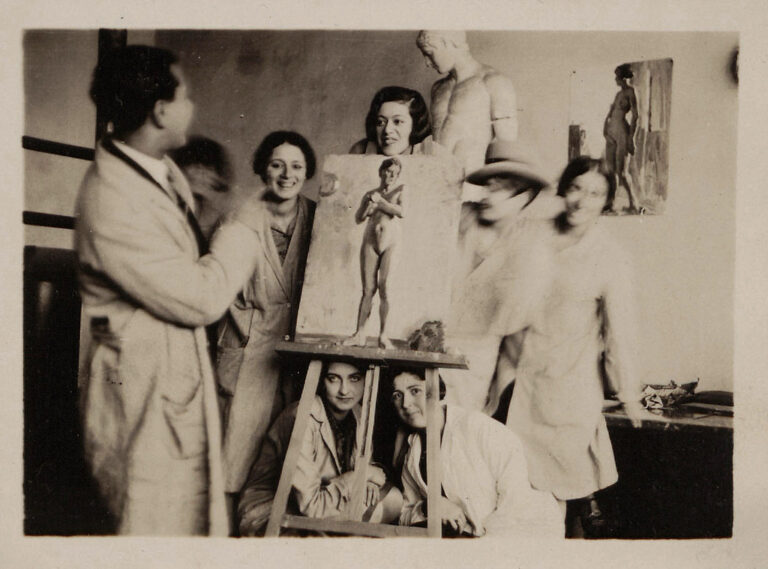In an age when everything has moved online, MOOCs (Massive Open Online Courses) are becoming increasingly popular educational models. Distance learning and online resources are now part of some more formal and traditional qualifications. But, as a creative professional, where does your practice fit into this? Surely there can’t be an online art school?

There are courses online that teach art techniques and assess your work, but how successful and effective they are is questionable. However, what this post is going to run through are a couple of options for online courses that run alongside the more visual aspect of your artistic life.
Firstly, a couple of facts about MOOcs: They are free (mostly). Coursera and Future Learn both run free courses with the option of paying for a printed certificate. Personally, I think that the pleasure comes with the practice, not with the paper, but of course it is completely up to you once you have completed a course. Another useful aspect of online courses is the fact they are short-term commitments. People are busy and cannot, usually, commit to years and years of regular training. Signing up to a shorter course means that a more specific topic can be addressed, learned and moved on from.

Making courses work for you
Think about what you are struggling with, what part of your overall output might need strengthening. Is it your website or online shop, marketing techniques, describing and writing about art, personal statements, keeping your accounts in order, using English when it isn’t your first language? All of these things are important components of an overall professional picture of yourself and there are courses to help you along the way.
Business courses are broad and can be adapted and transferred to an arts environment; the basic principles still remain the same. Techniques such as accounts and book-keeping help you learn to separate personal and professional accounts, arrange receipts and not get jumped by the tax man. This might sound boring, but it really helps in the long run.
Creative writing courses can used for a whole number of things: from adding a little something extra to your exhibition essays to lending narrative devices to your canvases. Cy Twombley often referred back to Greek myths for his subject matter. Leading experts in their field offer short, weekly talks that can be downloaded and many courses come with extra research opportunities not usually available online – take a look at Penn U’s ‘Modern and Contemporary Poetry’ course for a great poetry archive.
The basic rule is this: if you look for a course on exactly what you need, you won’t find it; look at what is out there and make it work for you.
An artist that doesn’t have to employ a writer for their biographies, who doesn’t have to find someone else to arrange their website or who can use social media with professional techniques will stand head and shoulders above the rest.

MOOCs, as well, really are massive. The intake is unlimited and as virtual, social spaces they succeed in bringing together masses of people with similar interests the world over. All good learning platforms have a forum and community page where you can exchange ideas, share tips and have a chat. The world-renowned School of Museums at the University of Leicester hosts a course entitled ‘Behind The Scenes at the 21st Century Museum’ and the chat pages unspool with interesting accounts of how museums and galleries are shaping communities and pushing boundaries. It is also means that these boundaries have made their way, as with everything else, online.







